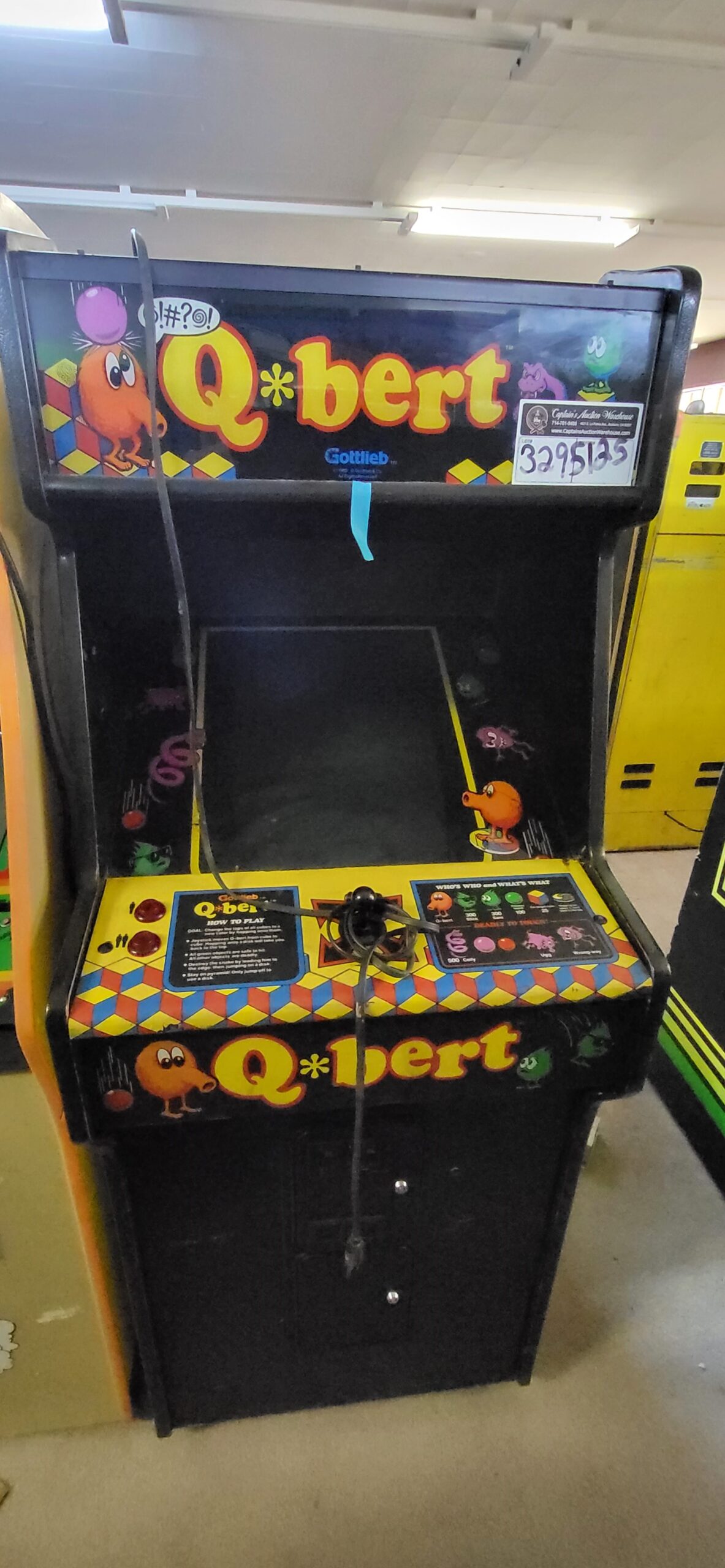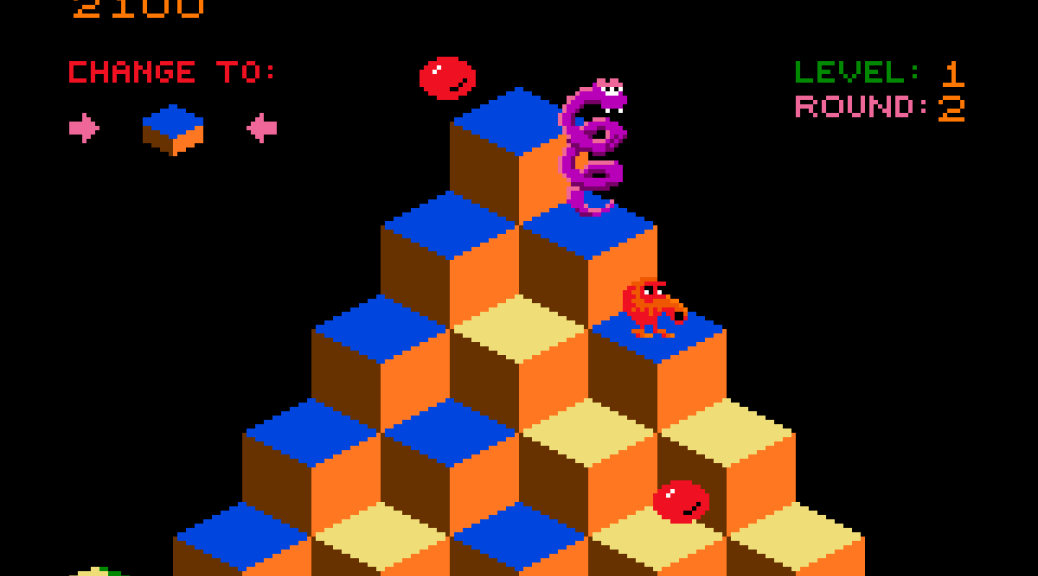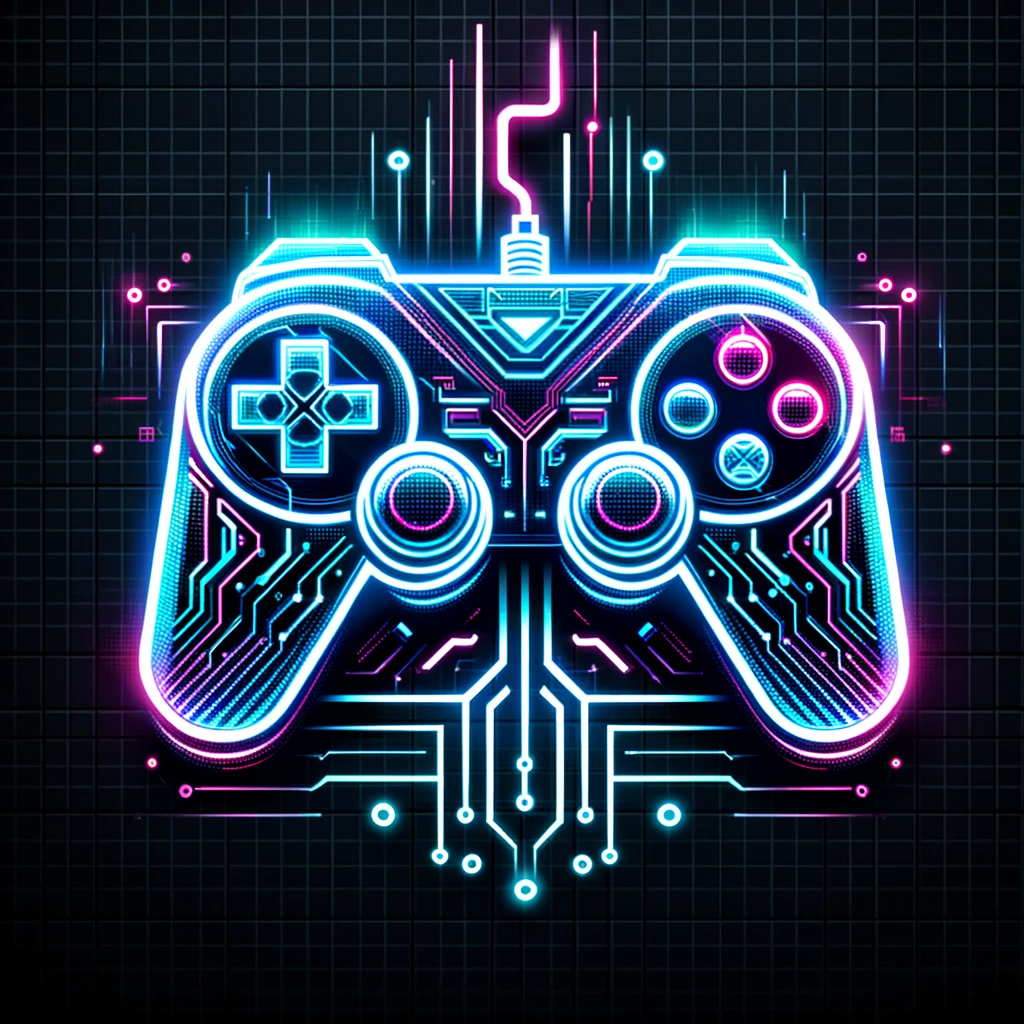
Q*bert
Arcade / Gottlieb 1982
Q*bert is a classic arcade game developed and published by Gottlieb in 1982. It is a single-player action puzzle game that features a character named Q*bert, whose objective is to hop around a pyramid of cubes, changing their colors while avoiding obstacles and enemies.
Q*bert was designed by Warren Davis and Jeff Lee, with David Thiel composing the game’s music and sound effects. Its development was influenced by M.C. Escher’s artwork, specifically his depiction of impossible geometric shapes. The game’s unique isometric graphics and simple yet addictive gameplay made it an instant hit in arcades.
Upon its release, Qbert was well-received by both players and critics alike. Its innovative gameplay, charming characters, and vibrant graphics contributed to its success, making it one of the most iconic arcade games of the 1980s. Qbert’s popularity led to numerous ports and adaptations for various home gaming systems and computers.
Qbert has appeared in various forms across different platforms, including home consoles, handheld devices, and mobile phones. Sequels and spin-offs such as “Qbert’s Qubes,” “Qbert 3,” and “Qbert: Rebooted” have been released, offering new gameplay mechanics and updated graphics while retaining the original’s core concept.
While Qbert was widely distributed during its heyday, finding an original arcade cabinet in good condition today can be challenging. The game’s rarity, coupled with its nostalgic appeal, has made it highly sought after by collectors. Depending on factors such as condition, authenticity, and location, a fully restored Qbert arcade cabinet can command prices ranging from several hundred to several thousand dollars.
Q*bert arcade cabinets typically consist of the following components:
Monitor: A CRT monitor displaying the game’s graphics.
Control Panel: Featuring a joystick and buttons for player input.
PCB (Printed Circuit Board): Contains the game’s hardware and software.
Power Supply: Provides electricity to the cabinet’s components.
Cabinet: The housing for all the internal components, often adorned with artwork related to the game.
For repairs or restoration, enthusiasts can find replacement parts and resources from specialized arcade parts suppliers, online forums, and dedicated communities. Regular maintenance of the cabinet’s electronic and mechanical components is essential to preserving its longevity and ensuring an authentic gaming experience.


